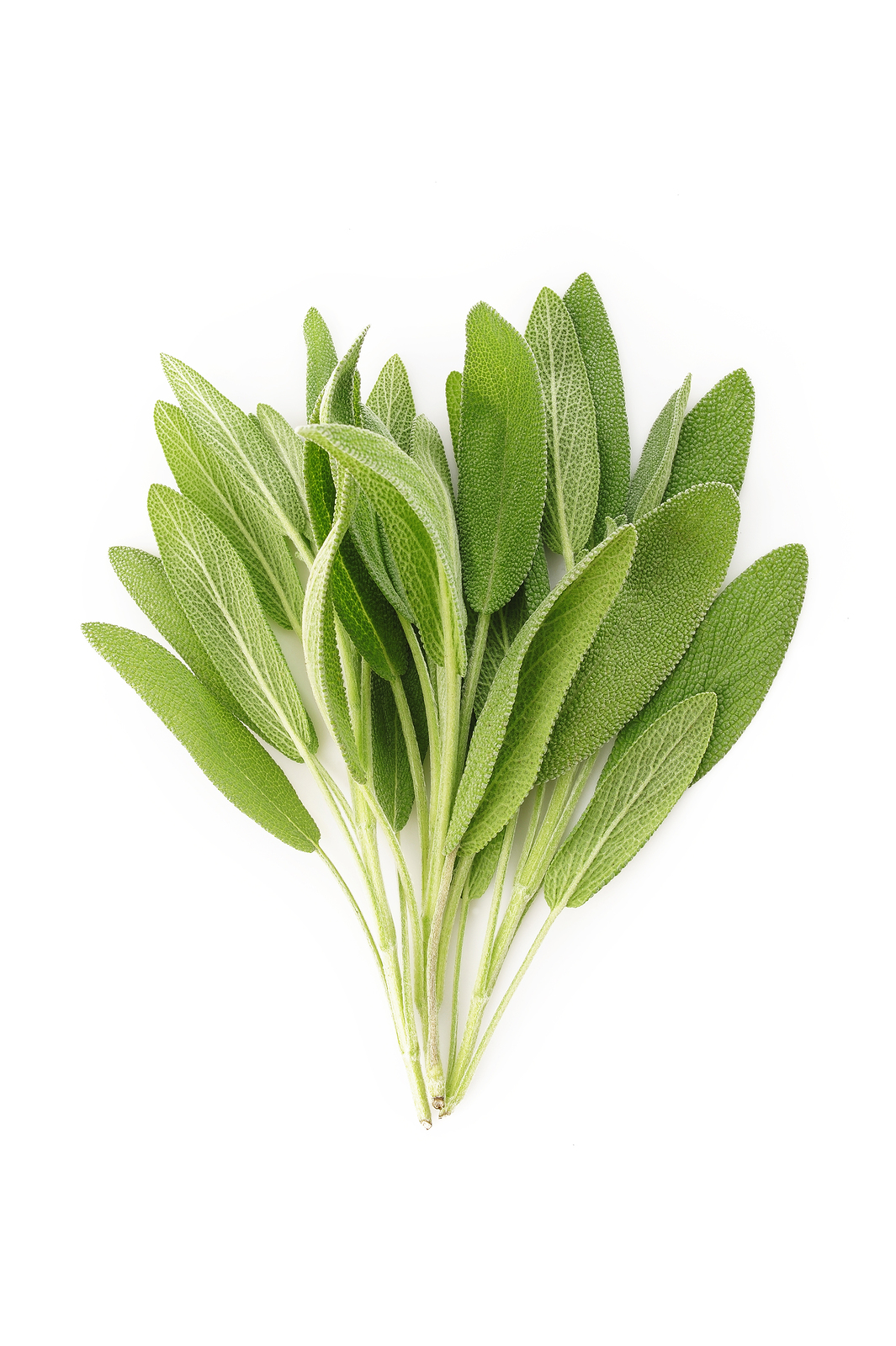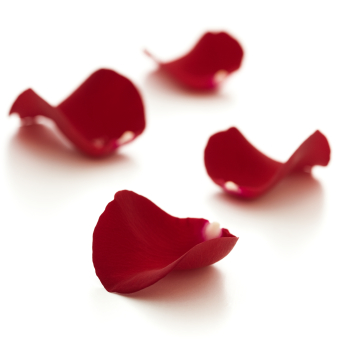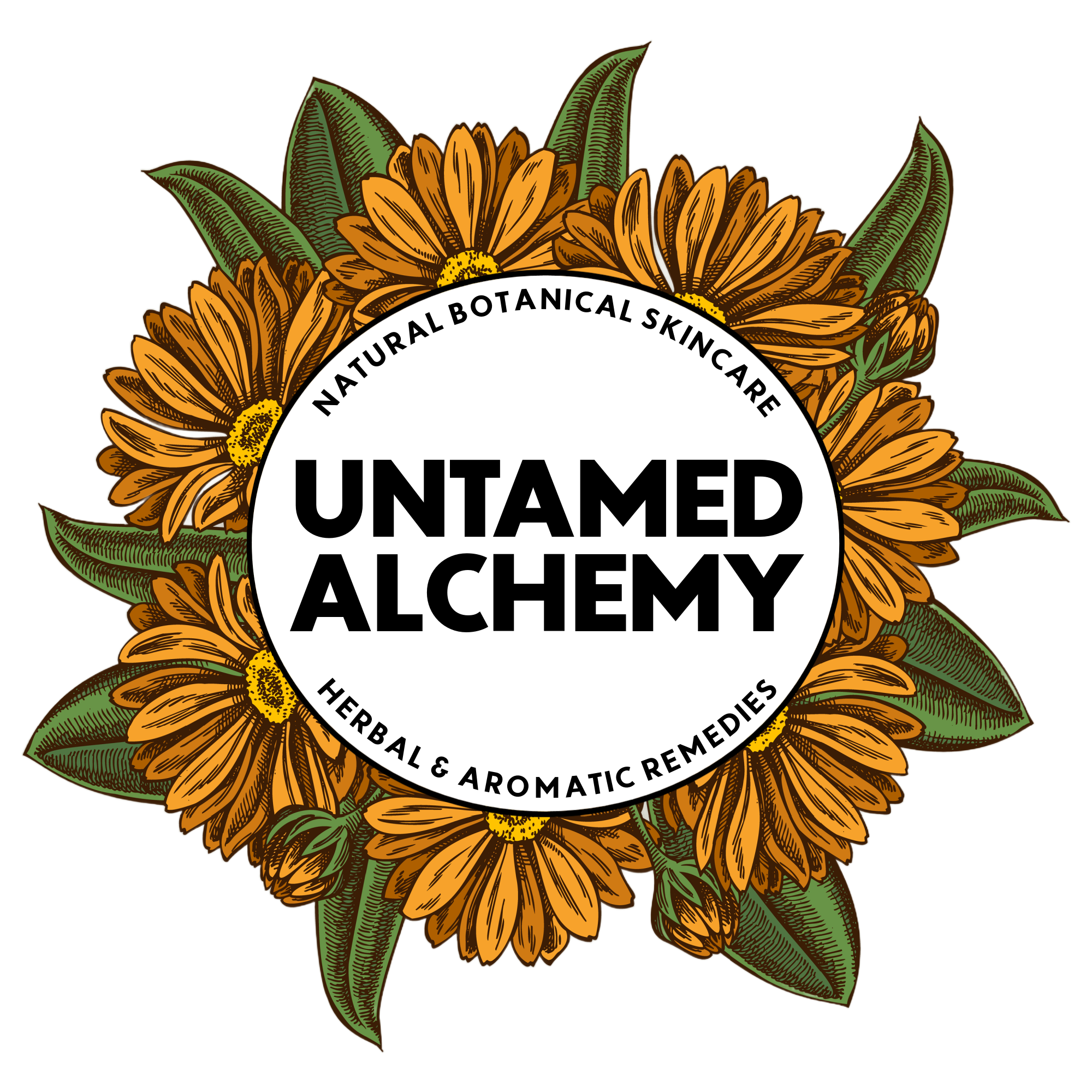Ah, Sage. The incomparable Salvia. What Thanksgiving table would be complete without the inimitable savory flavor of this sacred herb in stuffing?
Of all of the perennials in our herb garden, Sage is by far the lowest maintenance. He returns each year, bountifully, and extends well past the reasonable end of his season.
Of all of the herbs in the garden, Sage is our most steadfast and true. Small wonder it is associated with longevity and immortality!
Native to the Mediterranean, Salvia officinalis has long been celebrated and incorporated by chefs, herbalists, and aromatherapists. It’s Latin name attests to its reputation among herbalists, namely its ability to heal and to save (“salvia“) and to its ubiquitous presence on the shelves as the “officinalis” herb of the traditional storerooms for herbs and medicines in a monastery.
Perennial and evergreen, common Sage or culinary Sage grows to about two feet tall with woody stems and oblong leaves about 2.5 inches long to an inch wide.
The leaves–which are the source of the plant’s aroma and flavor–are soft green on top, and white on the bottom. He flowers in the Spring or Summer, typically with purple flowers, though white, pink, and creamy yellow leaves have been cultivated as well.
Associated with masculine energy, the element of air and the planet Jupiter, Sage is sacred to Zeus/Jupiter and the Virgin Mary.
It is considered a common or foundation herb given both its familiarity and deep lore. In addition to its prolific use as a culinary herb, it has long been recognized for its healing properties and unique chemical components the strongest of which can be found in the essential oil distilled from its leaves. Sage essential oil is particularly high in the chemical component thujone which can be dangerous for certain populations (see note below); the more mild fresh or dried herb are used far more often for desired effect.

Sage has been indicated for just about about every ailment over time. It was once said that eating Sage or drinking Sage tea every day in May would render one immortal.
Today, we recognize its use as an antibiotic, anti-fungal, astringent, antispasmodic, and general tonic. It is especially excellent at addressing sore throats and aids in digestion.
A staple in most stuffings, Sage actually helps the body digest fatty foods making it a perfect herb for inclusion in meals for Thanksgiving tables (a-hem.)
In addition to its reputation for serving as a support for the body, Sage has long been celebrated for its effect on the mind and environment. Sage reportedly balances hormones–particularly for women struggling with either PMS or menopause. Said to clear the mind of fog and distraction, it reputedly improves memory and focus.
Considered a cleansing and purifying agent, Sage remains a go-to for clearing space and energy. This is especially evident in the prolific use of White Sage specifically in smudge sticks and ceremonial blends for burning. As part of its healing and clearing energy, Sage reputedly eases the loss of a loved one, too.
Magically associated with longevity, wisdom, and protection, Sage is also purported to be a powerful attractant for money and helps to make wishes come true.
Just write your wish on a Sage leaf and place it under your pillow for three nights. On the fourth day, bury the leaf and look to your wish to be granted.
Bless and blessed be!
(FYI: For the most part, I only use Sage essential oil in making incense for specific clients and generally rely on the fresh or dried herb otherwise.)









1 thought on “mooning over sage”
Comments are closed.